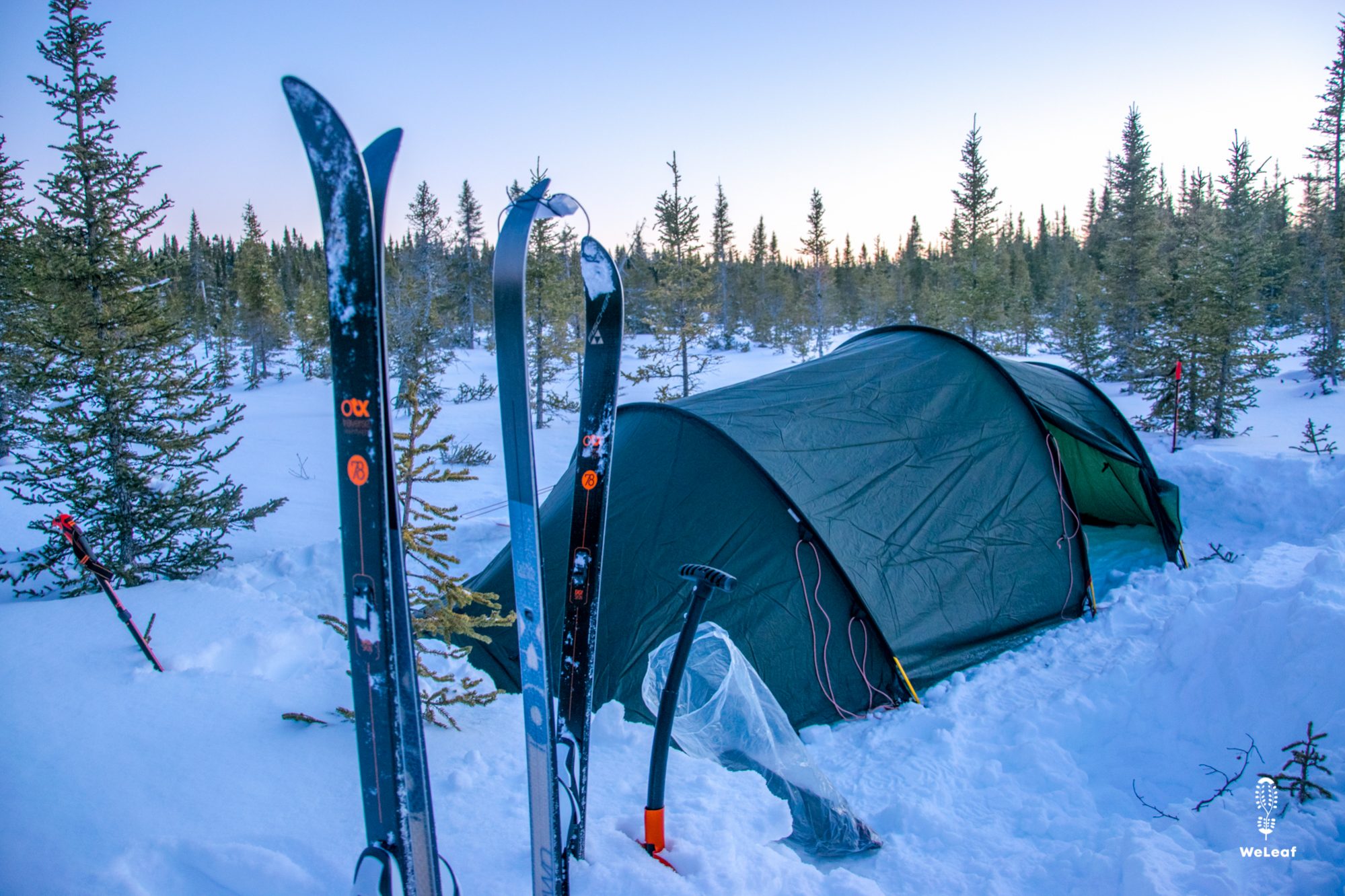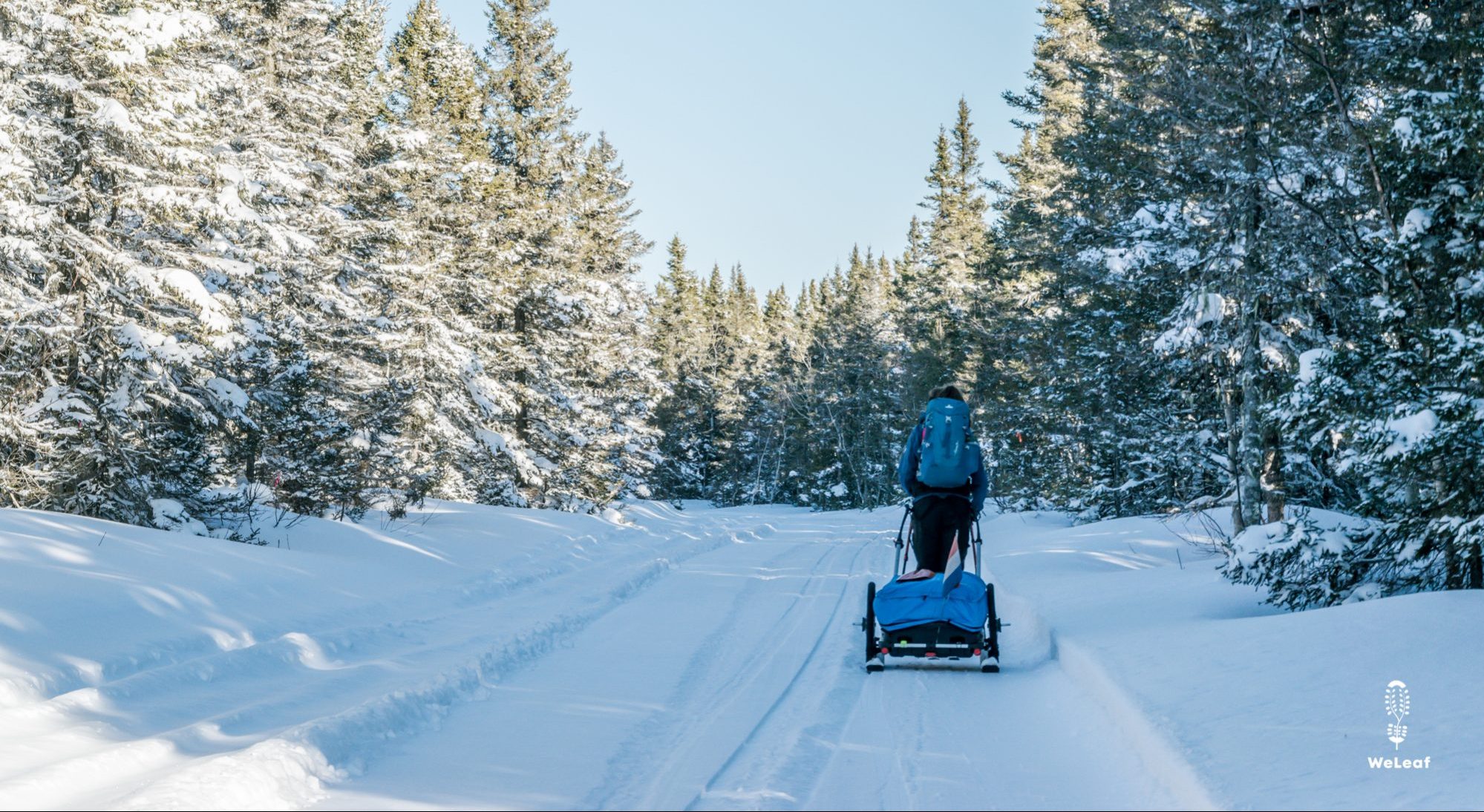
Odd man out

A bad start
February 21, 2020
Winter routine
March 12, 2020
Tuesday January 28th - Baie Trinité
-9 degrees, sun, no wind. That’s how we are ready on Tuesday morning, ready for the new start. Denis drops us off at a small side road where a beautifully prepared strip of 6 meters wide departs in the forest. Next to it is a sign "3 Est" and under it is written "Transquebec" in lower case letters. This is the snowmobile trail that crosses Quebec from southwest to northeast, a road over the snow in winter. It is the playground for snowmobiles and the entire network in the province of Quebec accounts for a huge tourist turnover every winter. It is the only long-distance snow route along the north coast of the Saint-Lawrence River. There is only a small problem, skiers, hikers, dog sleds and everything that is not called snowmobile is not really welcome. It is our only option and that scares us a bit. Maybe they send us off the trail after one day, and with that idea we begin our new start.
Our departure seems like a copy of two days ago. We load all the stuff from the trunk, attach the aluminum rods to the sled, attach the skis from the sled into the holes, tie our harness, the backpack above it and turn on the GPS. Just like Jonathan, Denis looks patiently at our preparations to take a photo when we finally have the skis under our feet. Only this time we aren't standing at the foot of a steep mountain, but a relatively flat trail, wide and many options to move to the side. We smile and feel the confirmation of our choice to take the bus. Slowly we glide down and look back to Denis who is already walking back to the car. Two hundred meters later we stop already to take a layer off. With the sun it feels much warmer than -9 degrees. We have read in blogs that we have to avoid sweating. This is because sweat freezes, causing the body to cool down dangerously. Working in layers is extremely important, just like the discipline to take something off when we get warm. Our base layer is a merino wool shirt with long sleeves. Above that we wear a warm vest and a jacket that protects us from the wind and snow. We have gloves, a hat and a waterproof ski pants that we can unzip on both sides if we are too hot. Soon we ski without a jacket and gloves, sliding over the perfect trail.
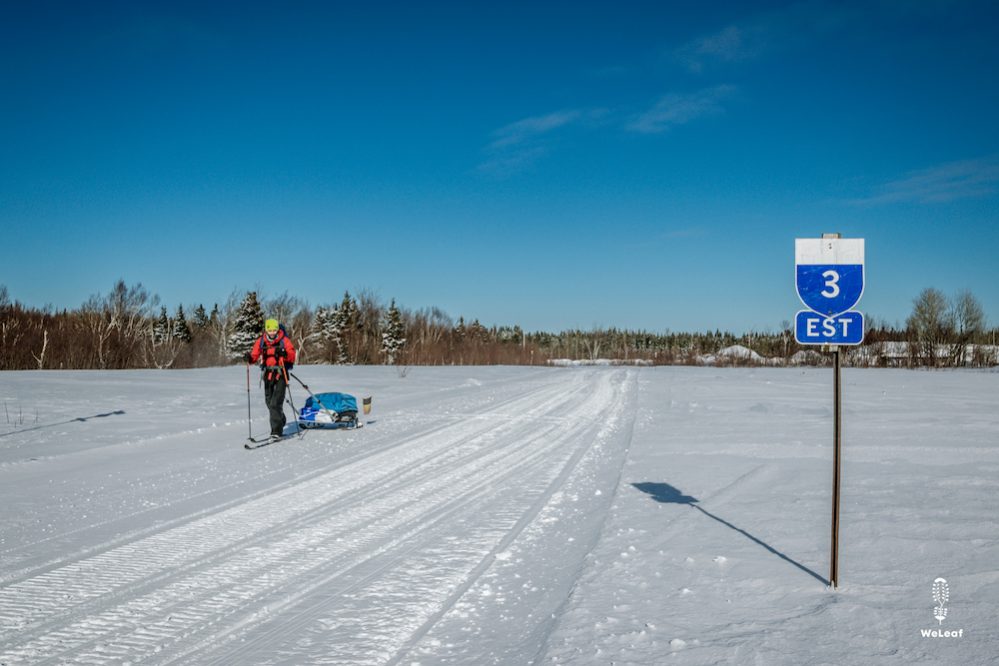
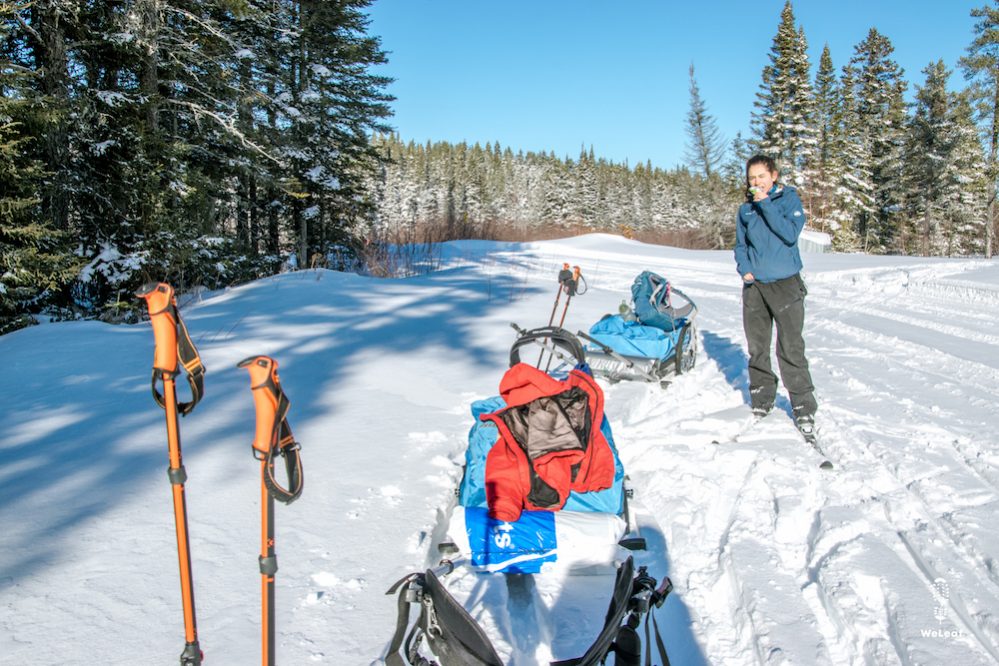
The skis, sleds and trouser that slide past each other make a lot more noise than we thought. We ski neatly after each other, as much as possible on the right side of the trail. Talking is impossible and we even have to shout if we want the front person to stop. All the crackling and shuffling sometimes sounds suspiciously like a snowmobile. We stop for a moment, to go aside if necessary, but only hear a peaceful silence, a false alarm. After an hour we have not seen a single snowmobile. The trail is completely surrounded by trees, sometimes longer straight sections, sometimes many curves and sometimes small hills that we can usually climb up with a duck pass. In Fort Kent we learned how to do “herringbone" efficiently, but with our heavy sled the technique is less beautiful. Occasionally the trail is open, where the trees have recently been cut and young trees are giving way. We can easily set up the tent on such open areas and still be protected from the wind.
After two hours of skiing we stop for our lunch break. We started late at eleven o'clock and only did 6.5 kilometers so far. In a curve we find a flat spot in the sun, protected from the wind. We are warmed up by skiing, but standing still for two minutes makes us cold. Discipline. We put on our vest and jacket, eat a granola bar, use the break to pee and are completely cooled down 15 minutes later. Our lunch breaks during cycling, hiking or canoeing are always extensive, a moment to enjoy. Today is a beautiful day and even now we are getting cold quickly. Our lunch breaks will be short, rushed and cold. Just when we want to get back on the trail, we hear the roar of a snowmobile. When we stand still, we hear them from far away. Two snowmobiles turn around the curve, look up as surprised as they see us, but kindly raise their hand. We wonder what they think.
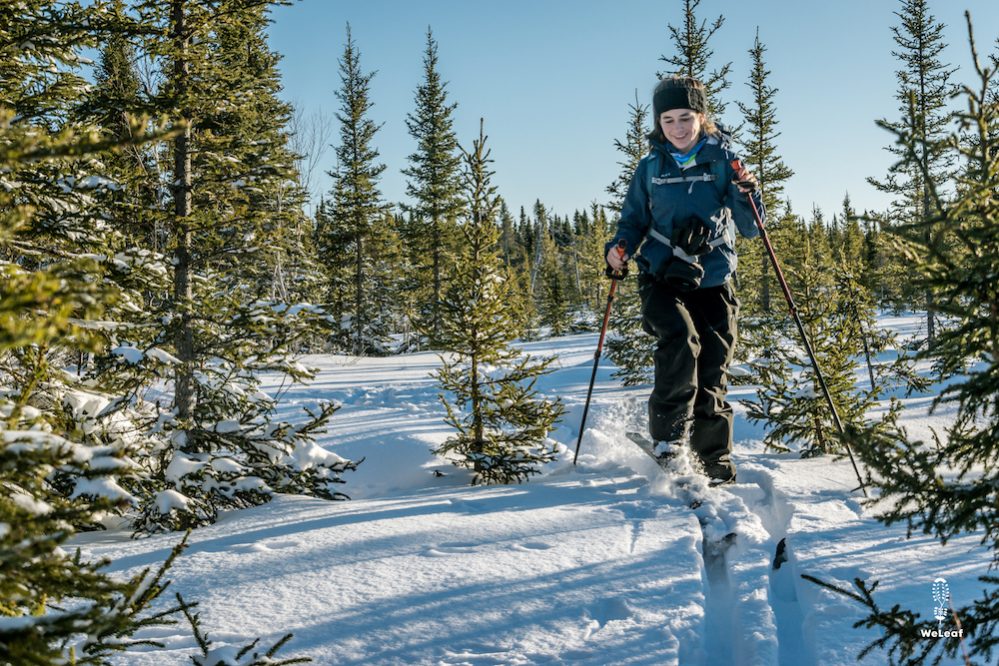
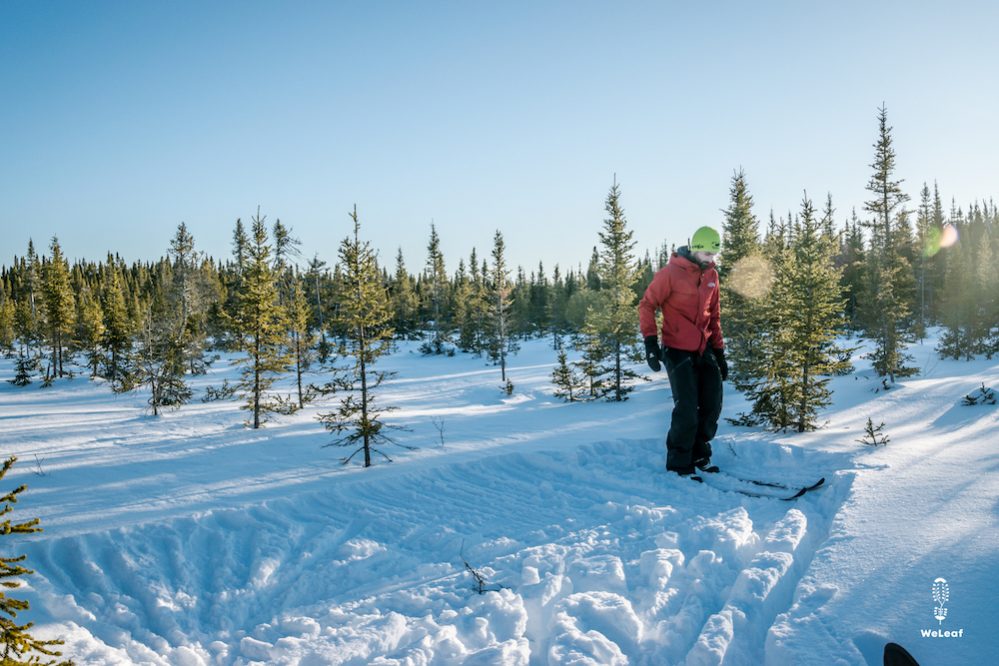
It gets dark at half past four, so we want to have a place for the tent at three in the afternoon. On one of the open sections we turn off the trail and plow hundred meter through the deep snow until we are far enough away from the trail. In Vancouver we had a short class about winter camping, but this is the real deal. We know that we have to stamp a surface the size of our tent so that it becomes hard and we can pitch the tent. With our skis we walk on the snow and soon we have a nice rectangle. We change the ski boots for our evening shoes, a warm down slipper with a large waterproof overboot. The first step we take, we sink half a meter in the snow. Oops. On skis, our weight is distributed over a large surface and we hardly sag. We learned our lesson and start again. We stamp the same rectangle flat with our shoes. A solid workout that keeps you nice and warm until we can change our clothes. We scoop the snow, compact it and smash it. We then wait fifteen minutes for the snow to set and harden. In the meantime, we dig out the kitchen and the toilet. We hang our thermometer on the skis that stand upright in the snow. If it snows twenty centimeters tonight, we will at least find our skis. We read -13 degrees and we feel that we will get cold if we do not move. Time to put on the "camp" clothing.
We quickly pitch the tent and change our ski clothes for the thermal underwear and the warm down jacket. While Zoë inflates the sleeping mats and rolls out the sleeping bags, Olivier starts cooking. Zoë shouts that there is no room left for ourselves with all sleeping bags, while Olivier swears to the gas burner that is sputtering. We have thoroughly cleaned it, but we have not tested it again. A stupid mistake in these temperatures. There is probably some dirt in it because we always cooked with gas. Our bottle now contains pure white gas, but the impurities block the fine stream. In the cold, we want to do as few actions as possible with bare hands, such as fiddling in a hole with a tiny iron wire. Olivier gets it working again and thaws his hands in the warm flame. Another lesson. Our thermo bottles contain hot water that we boiled at Denis's house this morning. We make a kind of soup with lots of vermicelli, dried vegetables, broth cubes and butter. To replenish the used water, we have to melt snow. Snow has ten times the volume of water, so we have to melt several shovels of snow before we have one and a half liters of water. It takes a long time, uses a lot of fuel and because it has not snowed for a long time, there are many small pieces of dirt in the snow. We have one plastic drinking bottle that we fill with boiling water and put in Zoë's sleeping bag. At half past six we have boiled enough water and there is no reason to sit longer outside. -18 degrees is on the thermometer, but we are not cold.
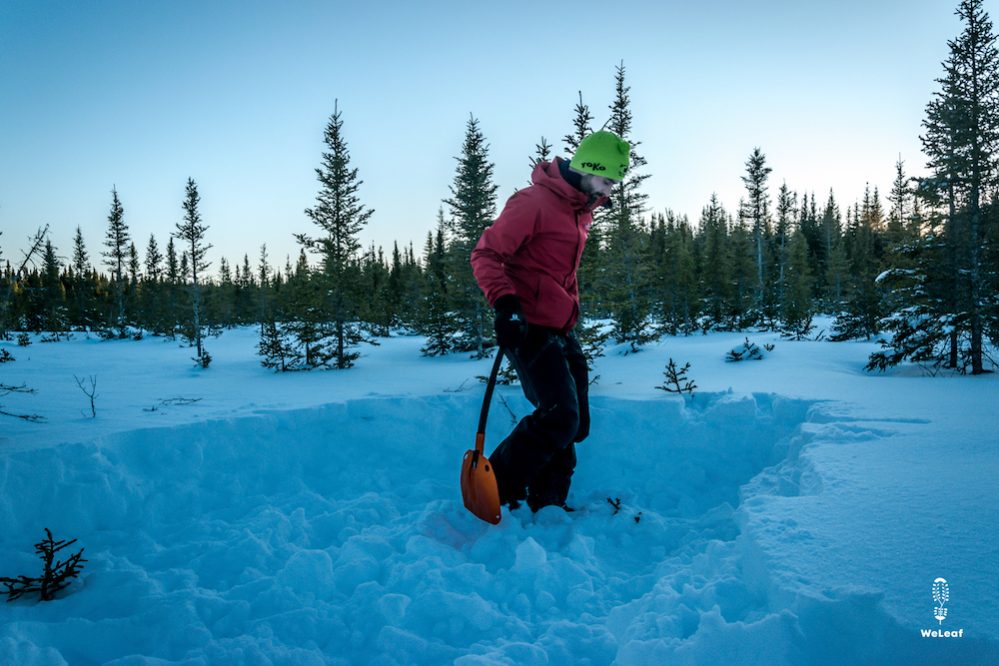
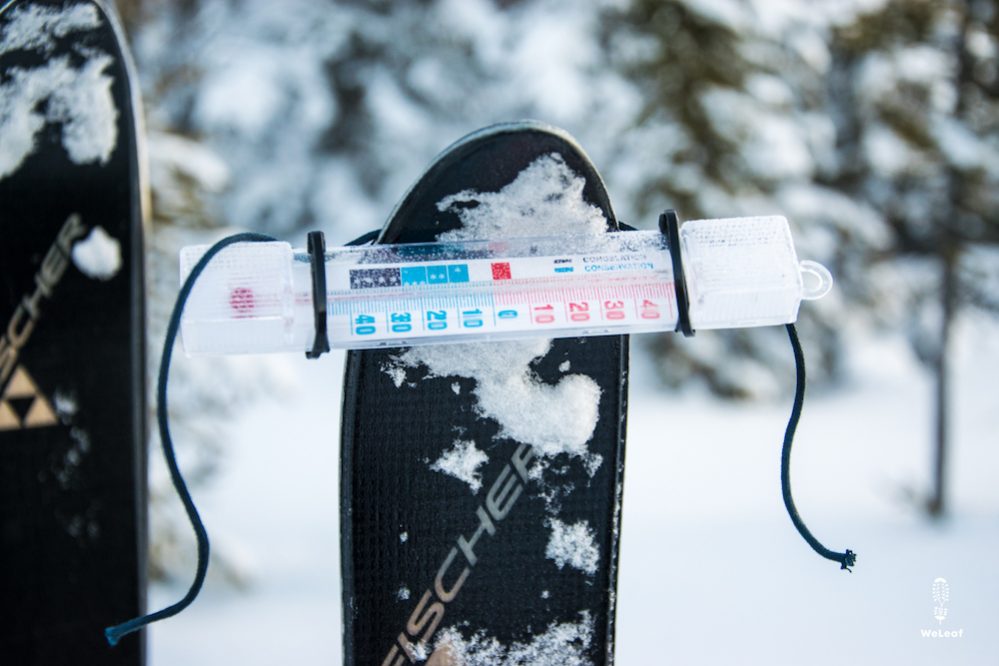
Our warm sleeping bags are waiting inside the tent. It is quite an art to take your clothes off in your sleeping bag and get as little cold air on your body as possible. We cram all our clothes into the foot of the sleeping bags, zip the sleeping bag completely shut and try to read for another half hour until our fingers are too cold to hold a book. "Shall we pee one more time so that we don't have to get out until tomorrow morning?" Zoë asks. The trade-off between now or in the middle of the night is quickly made. We quickly do some extra exercises to warm up our body and dive into the sleeping bag for, hopefully twelve hours without interruption. "Nice and warm?" asks Olivier. "Not quite yet, my but is cold, but I am starting to warm up," says Zoë when we are wrapped with the zippers completely closed and the neck collar pulled together. "How was your day today?" asks Olivier, what he does every night. "What a gift!"
